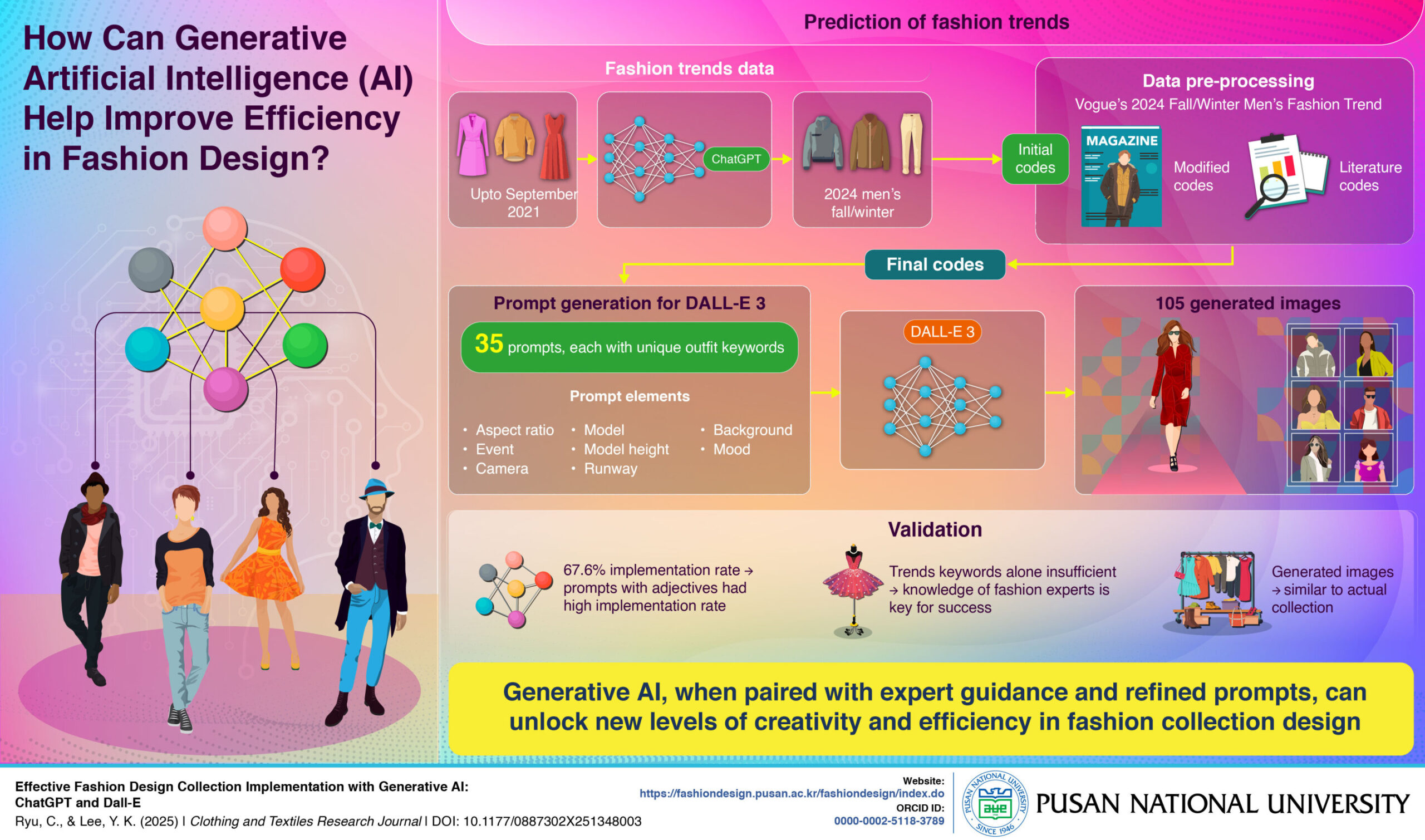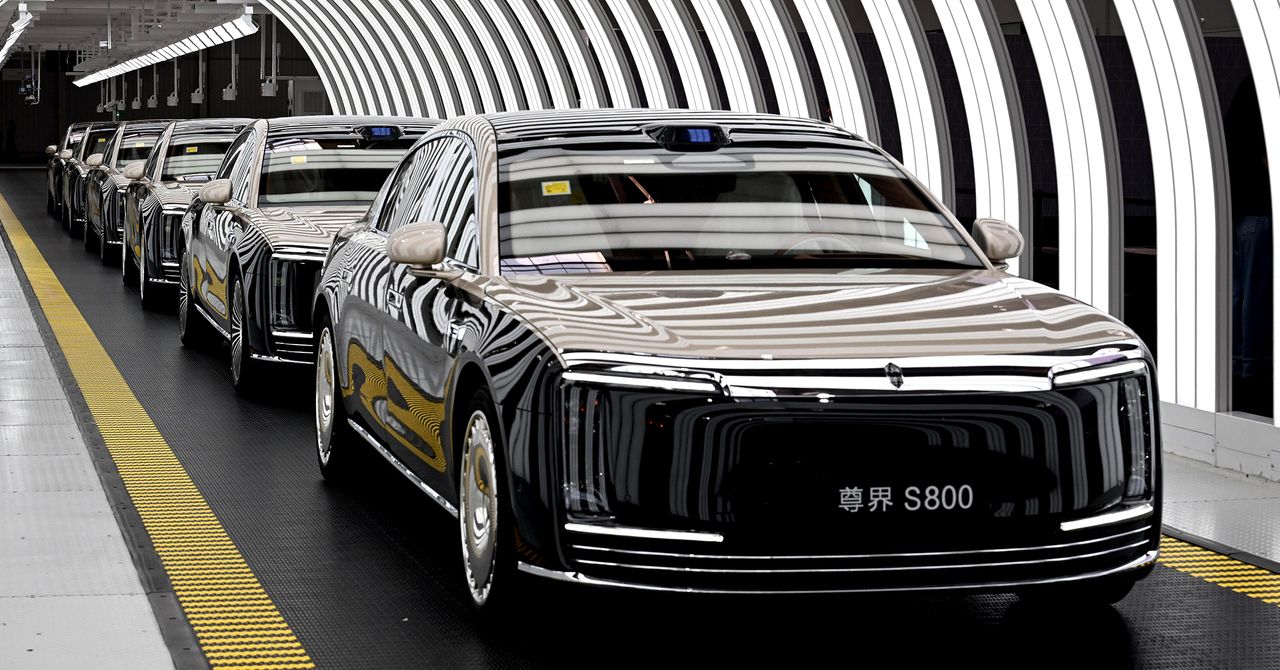
Generative artificial intelligence (AI) has the potential to revolutionize fashion design. By recognizing patterns in data and generating new text and images, AI models powered by deep learning algorithms can help fashion designers develop new catalogs, expanding their creativity, with added efficiency, helping to bring products to the market faster.
Large language models (LLMs) like ChatGPT and AI image generators like DALL-E have already shown promising results for many industries and have popularized the use of AI. In fashion, LLMs can help designers and even non-experts understand past styles and predict future fashion trends. These insights can then be used to generate prompts for AI image generators for producing real fashion collections. As such, it is becoming increasingly important to understand how AI can be effectively integrated into fashion.
In a recent study, Professor Yoon Kyung Lee and Master’s student Chaehi Ryu, from the Department of Clothing and Textiles at Pusan National University, South Korea, explored how generative AI can contribute to visualizing seasonal fashion trends.
“To use AI effectively in fashion, we must understand the characteristics of generative AI models and make informed judgments of where they can be applied,” explains Prof. Lee. “In this study, we studied how effective prompt engineering can be used to generate realistic fashion collection images through AI.” Their study was published in the Clothing and Textiles Research Journal on June 22, 2025.
Using ChatGPT-3.5 and ChatGPT-4, the researchers first analyzed men’s fashion trends, based on historical data up to September 2021. From this analysis, they further used ChatGPT to predict men’s fashion trends for fall/winter 2024. Design elements from these predicted trends were classified as “initial codes.”
In addition, design elements from Vogue’s 2024 Fall/Winter Men’s Fashion Trend data were used as “modified codes,” and those from literature on fashion design concepts, as “codes from literature.” These elements were then analyzed and regrouped into six final codes: trends, silhouette elements, materials, key items, garment details, and embellishments.
Using these codes, they created 35 prompts for DALL-E 3, each describing a unique outfit. The prompts followed a consistent template featuring a male model walking down a runway at a 2024 Fall/Winter fashion show. The template allowed customization of different details of a real fashion collection event, including aspect ratios, events, camera angles, model appearance and height, runway design, background, and audience details, and moods. Each prompt was run three times, generating a total of 105 images.
DALL-E 3 was able to perfectly implement the prompts 67.6% of the time. Specifically, prompts with adjectives demonstrated a high implementation rate. Some images in the generated collection were very similar to the actual 2024 Fall/Winter Men’s fashion collections. However, there were errors—most images leaned toward ready-to-wear fashion, and DALL-E struggled to incorporate trend elements like gender fluidity. Trend keywords alone were insufficient to generate accurate results, indicating a need for further learning.
“Our results show that expertly worded prompts are necessary for accurate fashion design implementation of generative AI, highlighting the important role of fashion experts,” remarks Prof. Lee. “With further learning and improvements, generative AI models like DALL-E 3 will help fashion designers create entire fashion collections more efficiently, while supporting their creativity, and also help non-experts understand fashion trends.”
Overall, demonstrates that generative AI can be a powerful tool not just for professionals but also for the general public, making it easier than ever to explore, predict, and style the upcoming season’s fashion with confidence.
More information:
Chaehi Ryu et al, Effective Fashion Design Collection Implementation with Generative AI: ChatGPT and Dall-E, Clothing and Textiles Research Journal (2025). DOI: 10.1177/0887302X251348003
Citation:
Generative AI models streamline fashion design with new text and image creation (2025, July 17)
retrieved 17 July 2025
from https://techxplore.com/news/2025-07-generative-ai-fashion-text-image.html
This document is subject to copyright. Apart from any fair dealing for the purpose of private study or research, no
part may be reproduced without the written permission. The content is provided for information purposes only.



